Sète combines an artsy vibe with some of France's best beaches
After our Canal du Midi bike trip, we pampered ourselves.
We stopped in Sète following a 5-day bike trip along the Canal du Midi from our home in Toulouse. You can read about that adventure here: Day 1, Day 2, Day 3, Day 4, and Day 5.
Sète is one of those places in France that doesn't necessarily have the high international profile it deserves. But it's become one of our favorite beach destinations in a country that hardly lacks them.
Located about 45 minutes southwest of Montpellier, Sète boasts 12 kilometers of beaches, a vibrant street art scene, and killer views thanks to being built on and around Mont St. Clair. And while you can still get a hint of luxury here, we prefer Sète to many of the hotspots further up the coast which have become victims of overbuilding and their courting of the jet set.
We had already lived in France several years before I first heard about Sète. In the summer of 2017, a new evening soap opera premiered on TF1 called "Demain Nous Appartient." (Tomorrow Belongs To Us). Soap operas may be dying elsewhere, but they're still a staple of French TV. In case you think the French only like dark artsy films, you may be relieved to know that they like shallow, overwrought dramas as much as the rest of the world. Each of these soap operas is set in a southeast coastal city, where the Mediterranean weather allows for longer outdoor filming seasons and the beaches enable beautiful characters to wear less clothing.
Since "Demain" began filming in Sète, it's brought an additional touch of notoriety across the country. The true fanatics can now even take a tour of the sights that serve as locations for the series.
Knowing that TV can make everything seem perfect by selectively showing only the highlights, I was still drawn by the images of the beaches that seemed spacious and uncrowded. A few months later, as we were planning a family bike trip along the Canal du Midi, I was discussing the logistics with a friend who then began raving about Sète. That pretty much clinched it, and we decided we would end our bike trip with a weekend there.
Love At First Pedal
On the fifth day of our epic bike trip, we had not quite reached the Mediterranean when we turned northeast to head toward Sète. After spending several days navigating increasingly precarious paths along the Canal, it was a relief to hit the outer reaches of Sète and find ourselves on a paved and well-maintained bike path that would lead us to town.
But almost immediately, after having passed through several towns, we felt the crowding of development slipping away. The miracle here is how relatively undeveloped much of this stretch of coast is. There are occasional small groupings of vacation homes and some shops. But mostly it was us riding past sand dunes and peaking over to the Mediterranean on one side and Étang de Thau on the other side.
That sand and that openness is not something we take for granted. We've stumbled onto enough beaches that are covered by pebbles and require shoes to reach the water that we carefully research all details before choosing a spot along the coast. And even so, it's hard to find a stretch near a town that doesn't have garish hotels looming over the beaches.
Now, it should be noted that these photos are from a trip in April, so far from the high tourist season. And we generally were stopping several kilometers from Séte. But we returned in August for a day trip to the beaches and dropped our blankets at Plage du Lido, which is just outside the main town. And here's what it looked like on an August afternoon during peak tourist season:
Whizzing past these dream beaches was a reward that we had earned after five days on bikes. Alas, we had made one fatal strategic error that forced us to suffer greatly in our final moments before getting to truly enjoy this corner of France.
Mont St. Clair
One can look on a map and read in a book that Mont St. Clair, the hilltop on which most of the town sits, is 175 meters high. And one can look at Google Street View in advance to see the route. But the severity of the climb on bikes cannot be truly appreciated until your family is pushing their bikes up an incline that feels like 90 degrees after five days of riding.
But climb we had to because we had decided to treat ourselves by booking two nights at La Singulière, an upscale bed and breakfast that is perched near the peak of the aforementioned Mont St. Clair. So, pushing our bikes up this last tortuous stretch, legs shaking and mouths cursing, we eventually arrived and almost immediately collapsed.
Fortunately, it was more than worth it. The inn came with spectacular views, warm hosts, and a relaxing pool. It was all cozy enough that it soon became challenging to overcome the inertia and go exploring the rest of Sète.
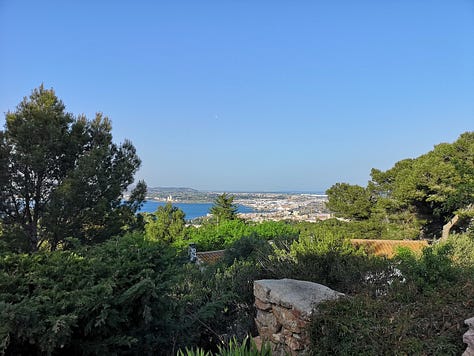

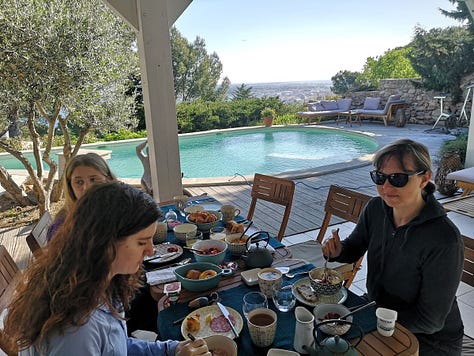
Views From On High
Eventually, with our batteries recharged, we felt motivated enough to discover what lay beyond the confines of La Singuliere. Most striking was yet another reward for having braved Mont St. Clair: The sweeping views.
Canal City
Descending from Mont St. Clair, we arrived at the city center, though technically it's not really in the center. This older part of the city runs along a series of canals that crisscross. Sète is a port city, and the canals join the Étang, where the Canal du Midi officially ends, and the Mediterranean.
Strolling along the banks of the canals, we stepped over the bridges that join the various sides to gaze down the waterways. These are the views that define the city's image.
Street Graffiti
Turning away from the canals, Sète shows off its artistic side. The city invites graffiti artists to produce large works through the downtown area, creating what it calls an Open Air Museum.
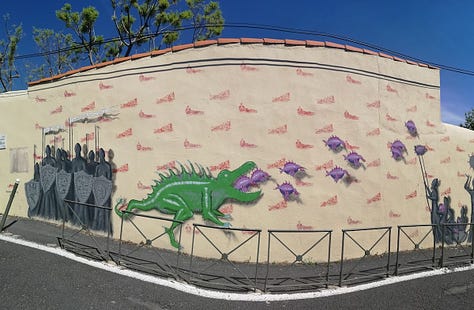




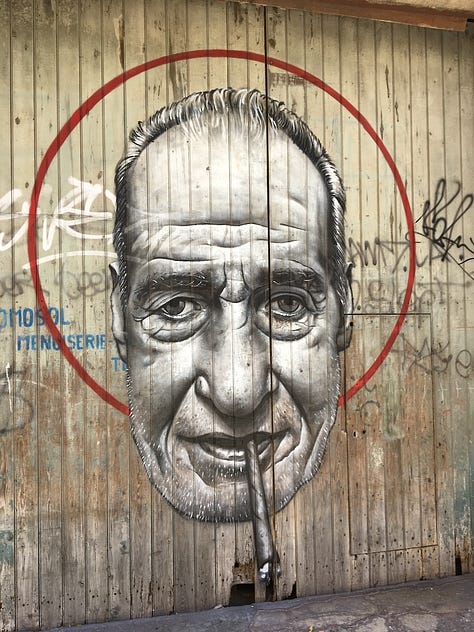


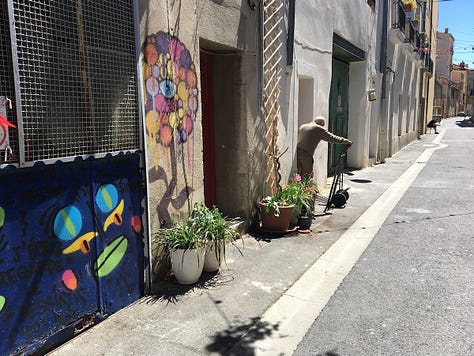
This "Musée à Ciel Ouvert" or "MaCO", currently has 33 works sprinkled around the city center. You can try to follow this map to find them all, or just do what we did and wander aimlessly for a couple of hours and see how many you can spot.
Les Joutes
Sète's is also known for a peculiar form of jousting done on boats, known as "Les Joutes." The sport has been around for hundreds of years and remains a vibrant tradition throughout this southeastern coastal region. The Tournament of Saint Louis dates back to 1666.
Naturally, there are a lot of specific rules, but you don't need to know the nuances to enjoy two people using long poles to try and knock each other into the water. Most of the action happens during the summer months, with a full calendar here.
The only aspect of Sète we didn't get a chance to explore was the food and drink. Given our long stretch on the road, we mainly improvised some takeout or small dishes we ordered at La Singuliere. The culinary experience will have to wait until our next expedition to Sète.
Chris O’Brien
Le Pecq




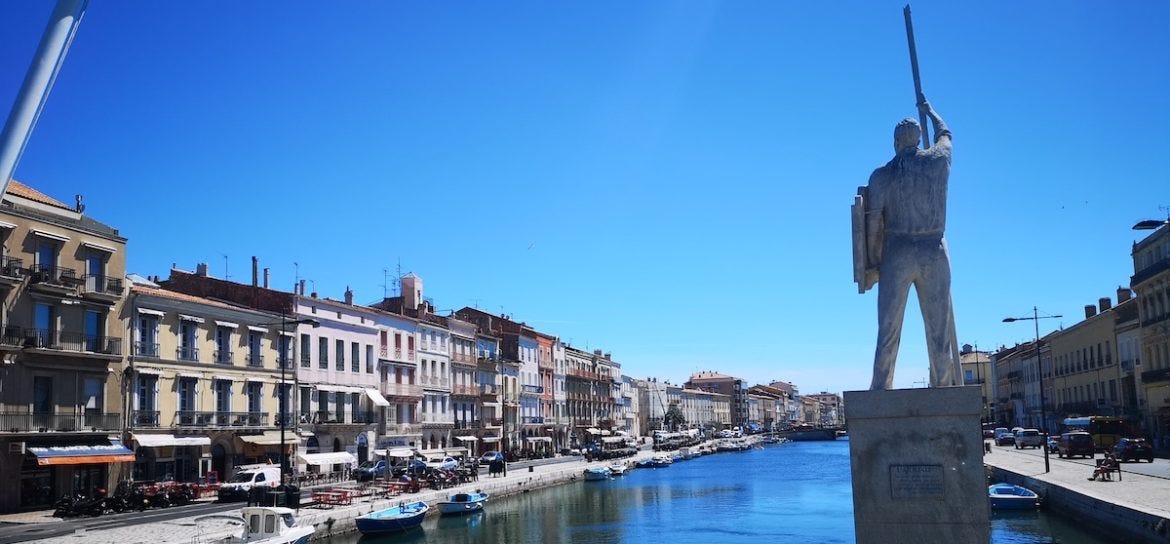
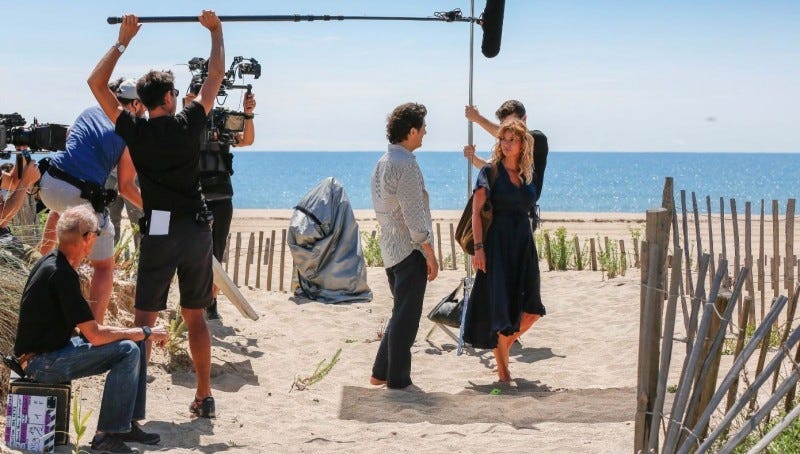
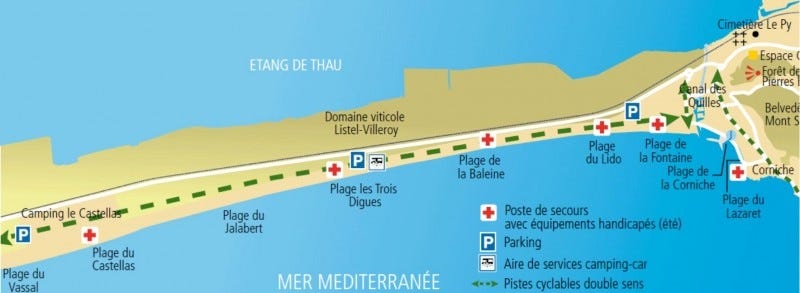
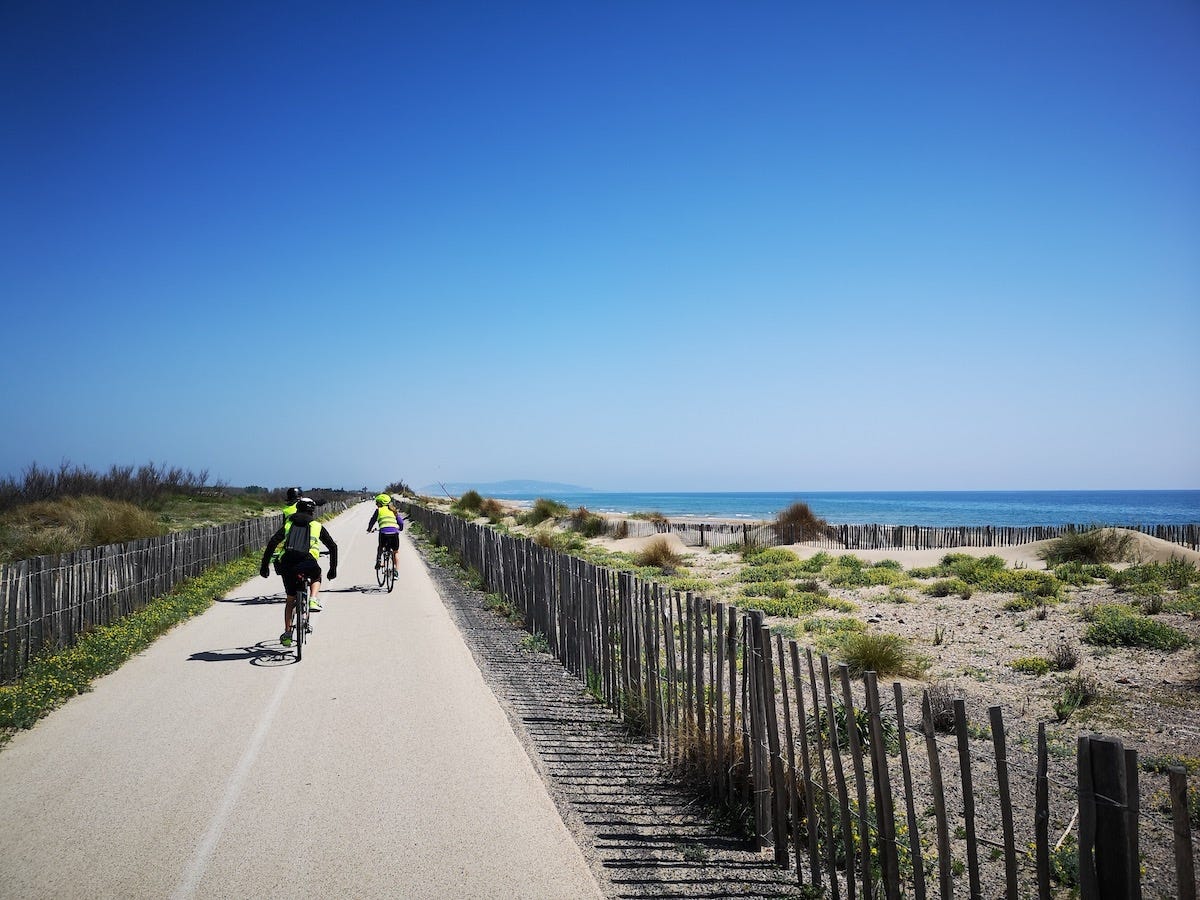
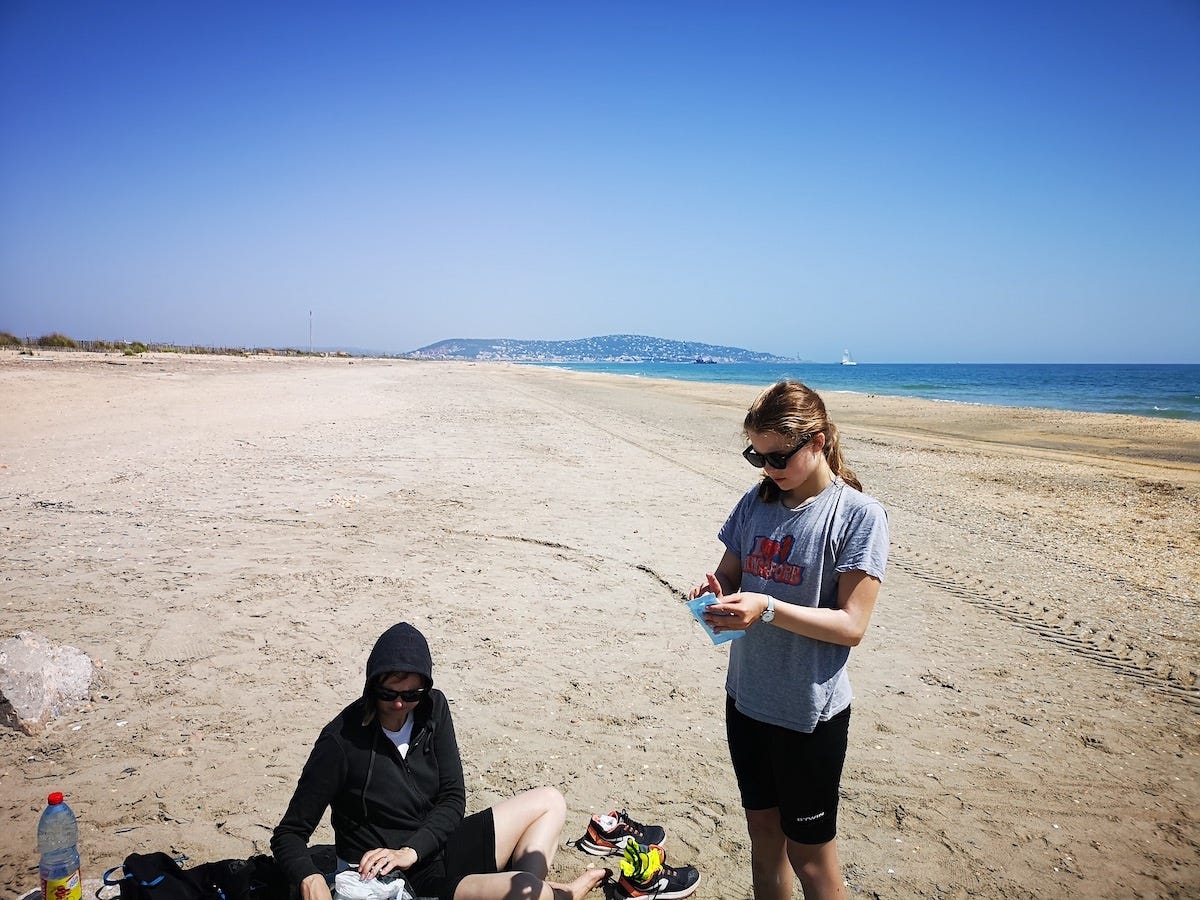
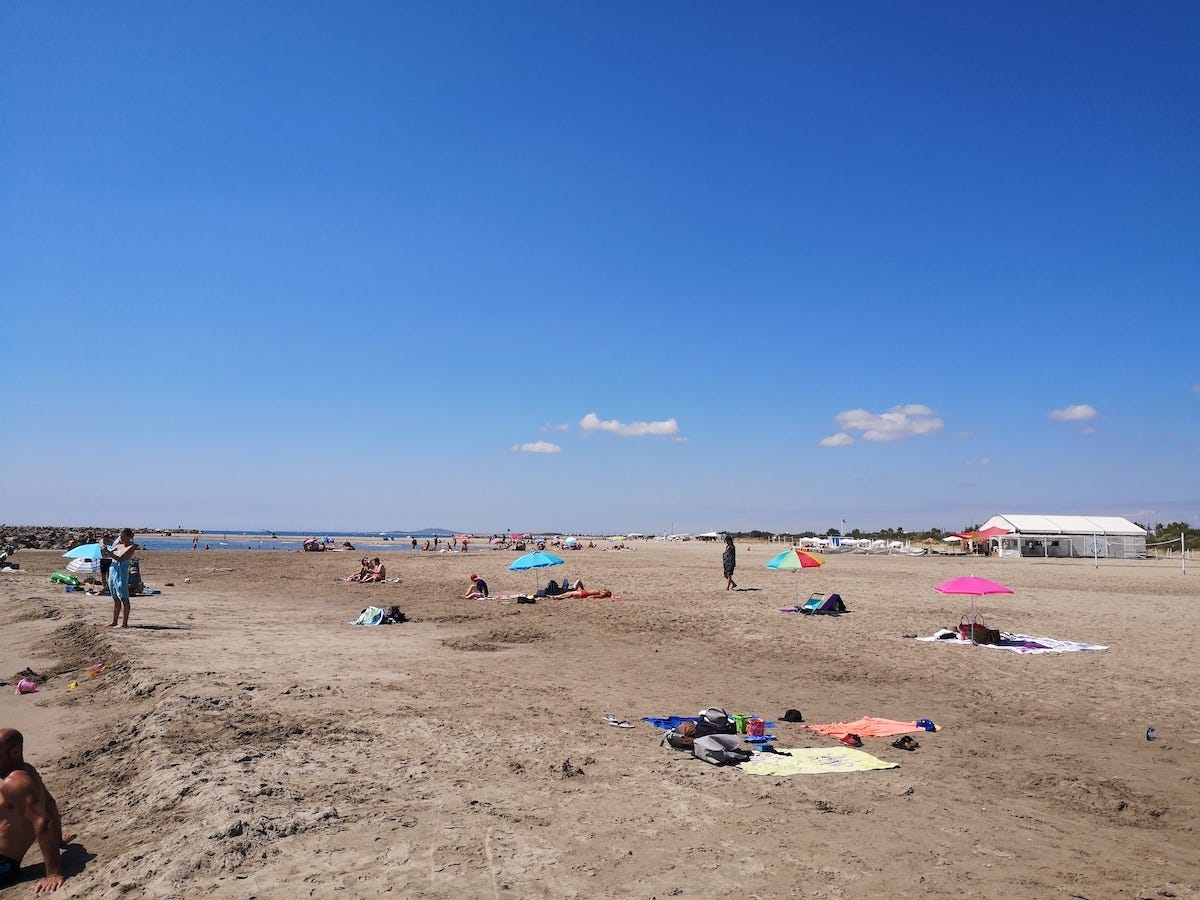
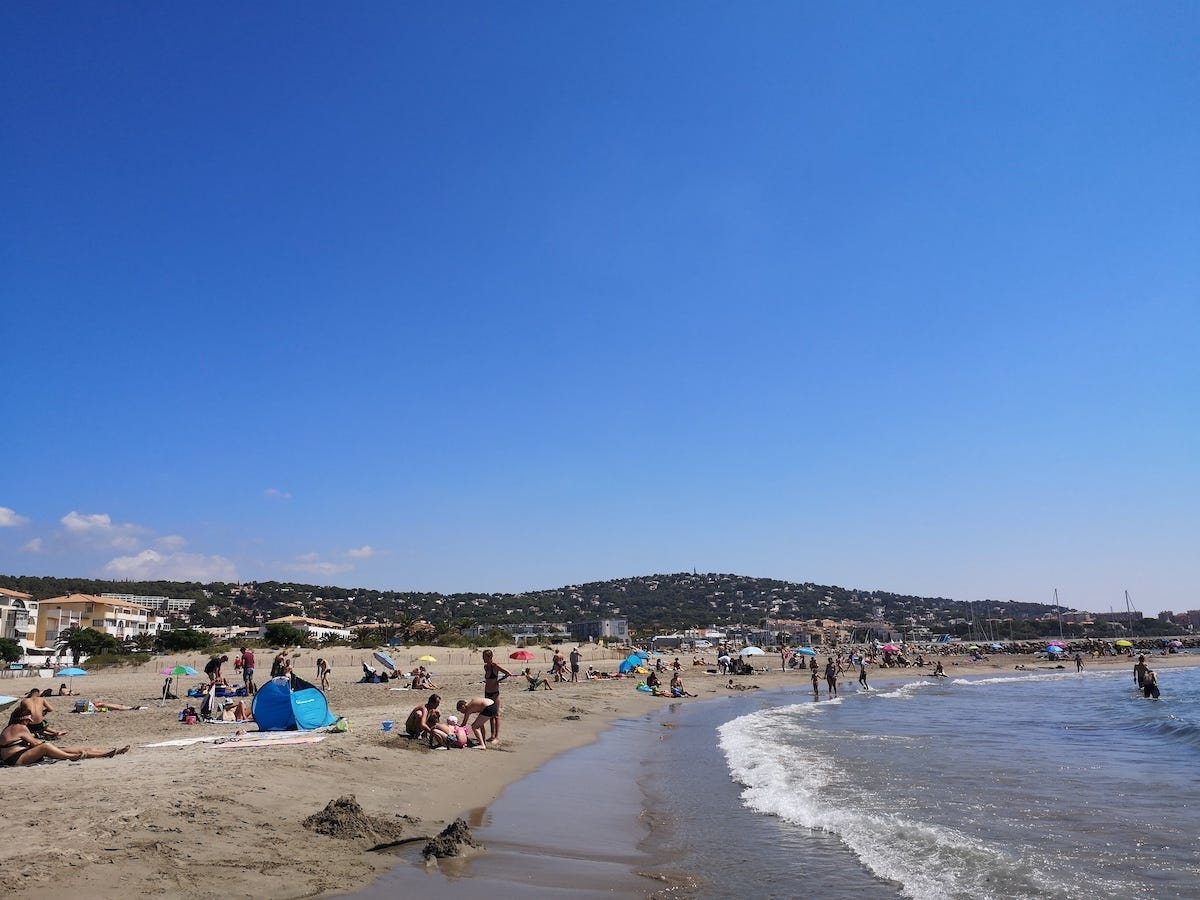
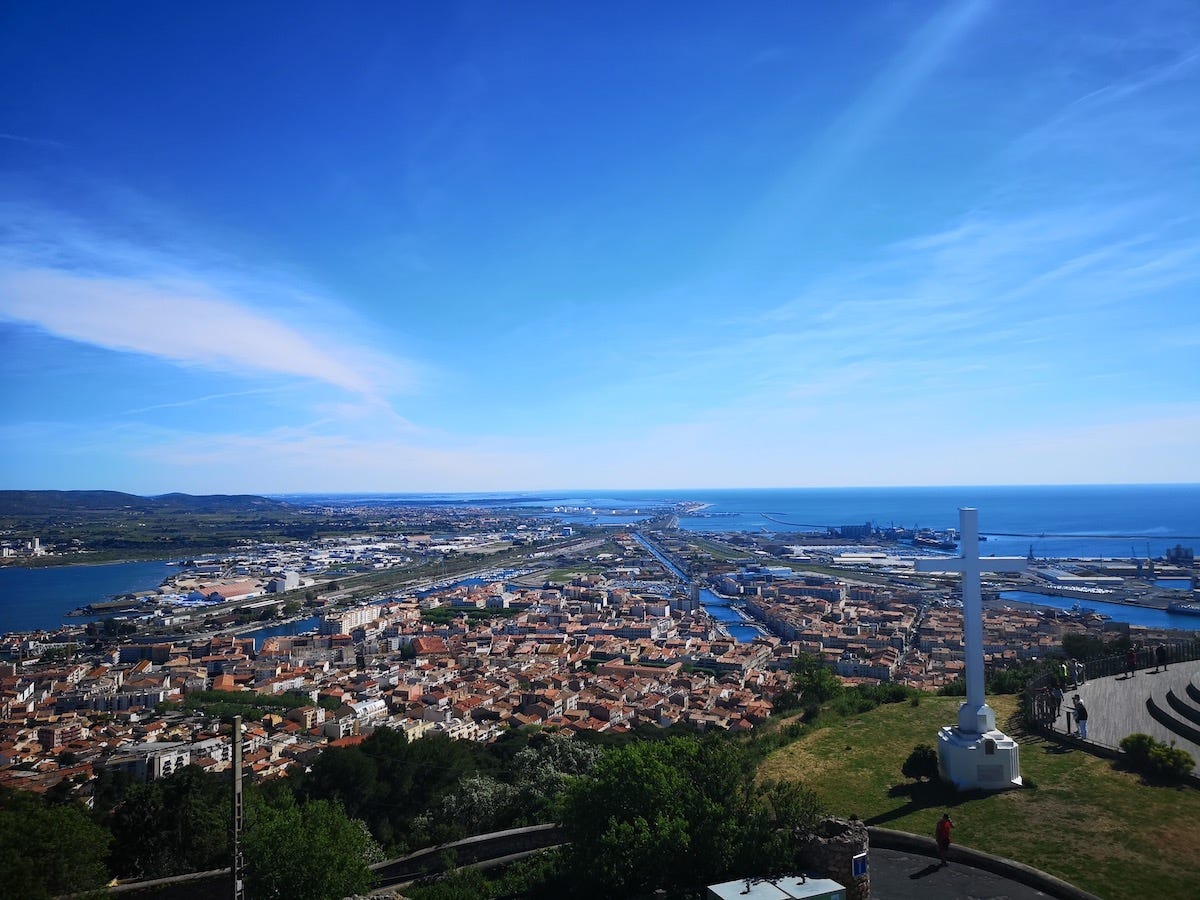

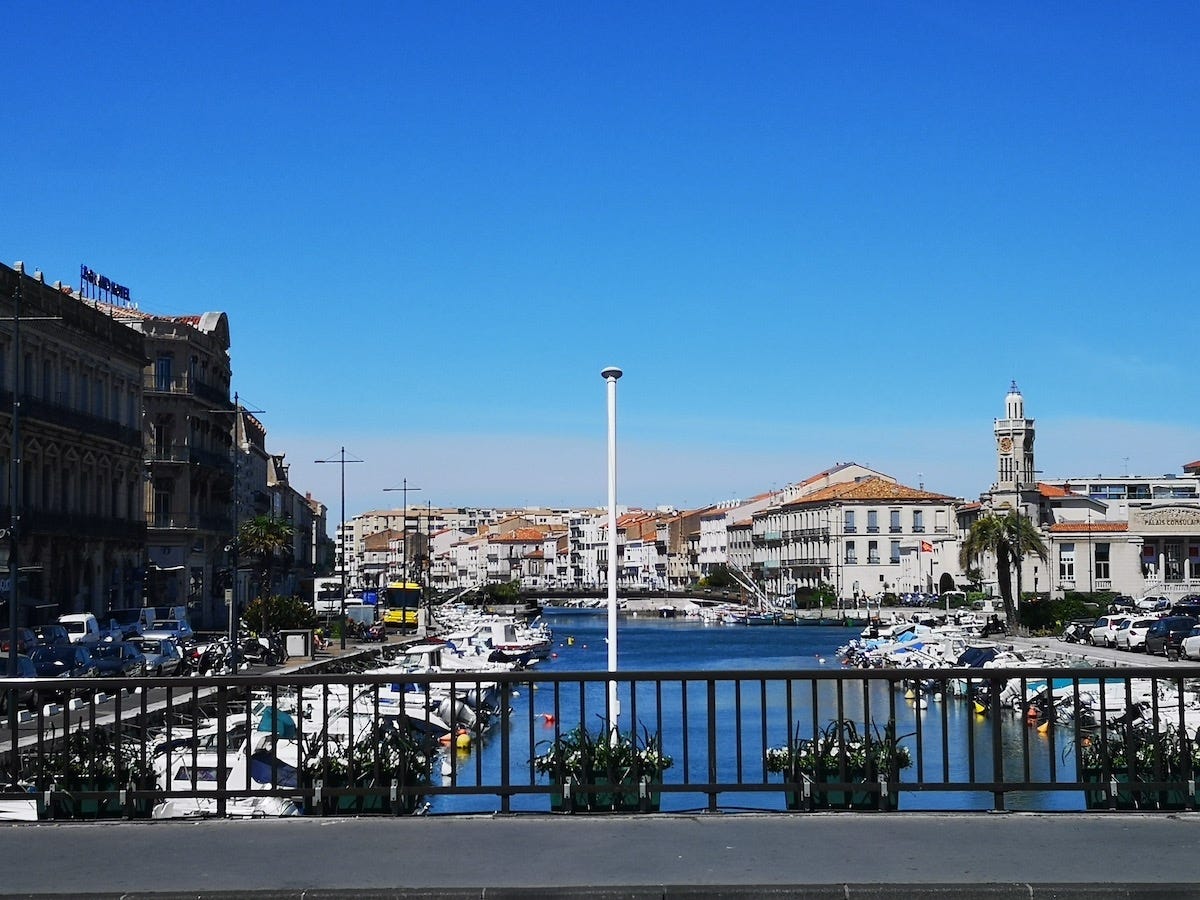

Thanks for this article. So little is written about this lovely seaside town. I have been fortunate to have spent quite a bit of time there. It is the largest supplier of fresh fish in France daily. It has a population of approx 50000 which swells to 250000 in July and August, mostly with local French visitors. Best time to visit is in September. Its a pity you didnt get to the restaurants. I can name two: la Calanque and la Palingrote…excellent for seafood as well the most famous dish of south west France, Canard Maigre.
There something edgy and fun about a port city, and Sète is one of those sleepers that, when you bother to stop, offers great seafood and hidden discoveries. I arrived in Sète the first time 3 decades ago on my barge, sailing in by canal and out into the Etang de Thau. It is a thrilling memory of trying to avoid the oyster beds in an strong tramontana wind. Returning often over the years, I love seeing it be discovered anew by adventure seeking folks like you. Thanks for sharing.